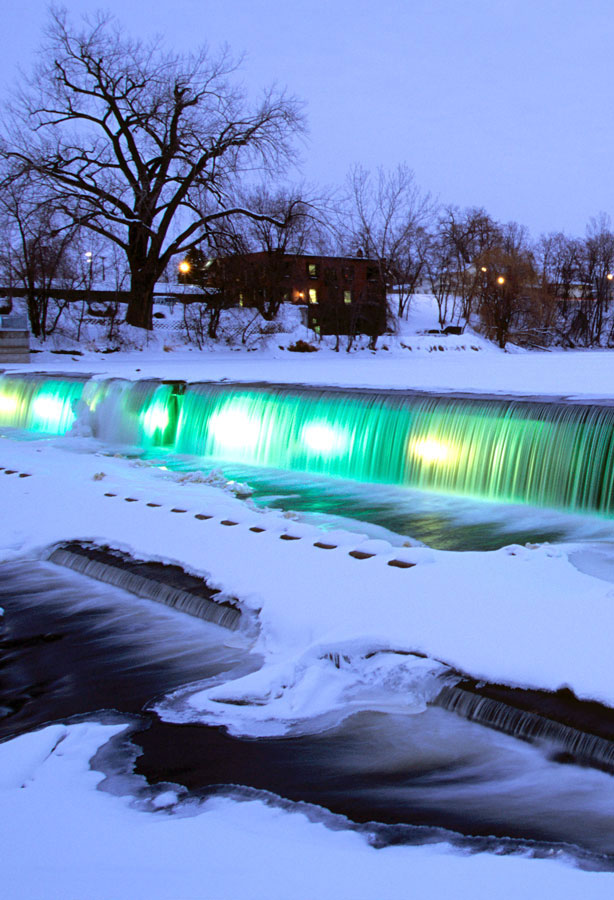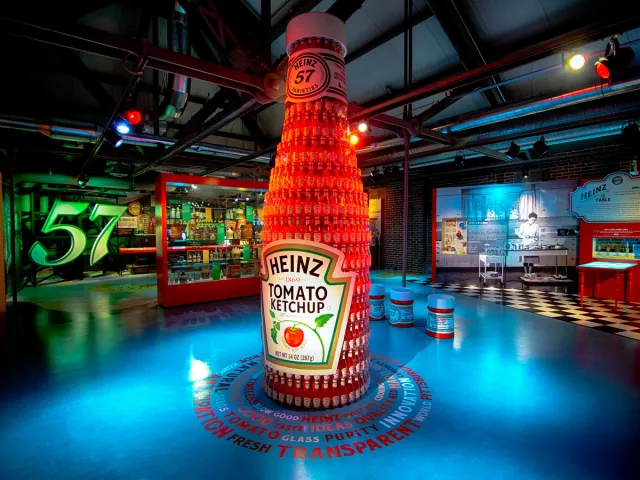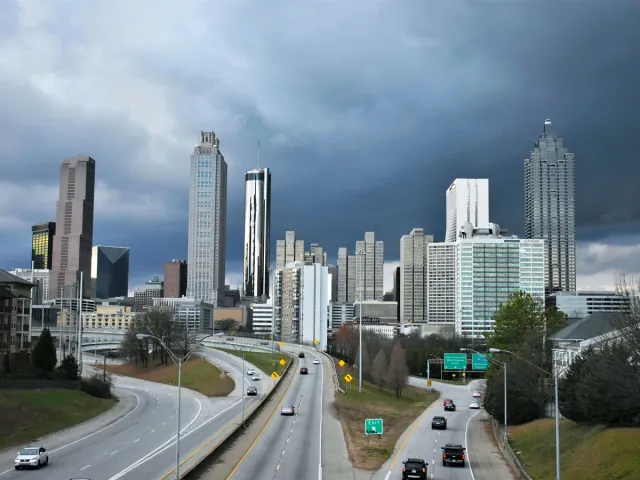Love spinach? Perhaps you’ve visited the “Spinach Capital of the World” — which happens to be the small town of Alma, Arkansas. Or maybe you’re intrigued by UFOs or Bigfoot — there are world capitals for both, in Wisconsin and California, respectively. Being the world capital of a specific food, product, or even mythical creature doesn’t require any official certification — often, a city or town will claim bragging rights due to their unique cultural history, geographical quirks, or the mainstay of their economies. Explore 17 U.S. cities and towns that claim to be the capitals of strange and surprising things.
Troll Capital of the World – Mount Horeb, Wisconsin
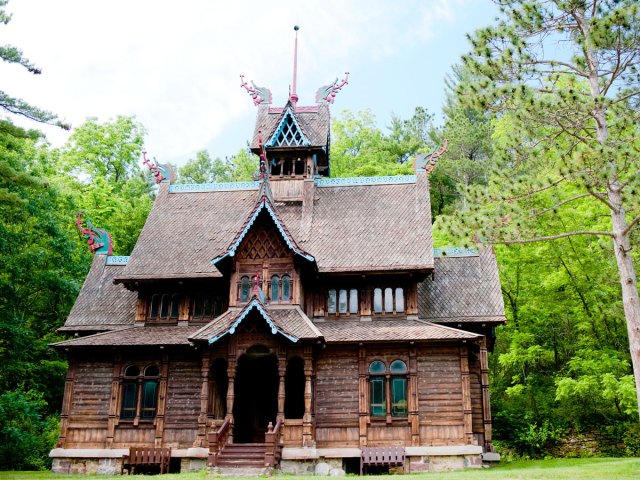
This small Wisconsin village celebrates its Scandinavian heritage proudly. Dozens of life-sized wooden troll carvings are scattered all throughout the streets, a nod to the traditional folklore of the Norwegian immigrants who helped settle the region in the 1800s.
Mount Horeb’s largest concentration of trolls are found along the town’s Main Street. The Chamber of Commerce renamed the stretch the “Trollway,” attempting to divert highway traffic through the downtown and into local businesses. As you amble through the charming downtown with your handy map and hunt for all the troll statues, you can even stop into the popular Grumpy Troll Brew Pub for some decidedly non-grumpy refreshments.
Artichoke Capital of the World – Castroville, California
The sun, soil, and dewy fog in Castroville, California, create the perfect storm for agriculture. The Monterey County town produces three-quarters of the state’s artichoke supply and has built a booming tourism business centered around its identity as the artichoke center of the world.
There’s the world’s largest artichoke, the Giant Artichoke restaurant, and an annual artichoke festival — where a burgeoning star known as Marilyn Monroe was crowned Castroville’s first unofficial Artichoke queen in 1948.
Earmuff Capital of the World – Farmington, Maine

One of the most useful inventions for keeping warm in winter came from Farmington, Maine, in the late 19th century. The earmuff was the brainchild of Chester Greenwood, who came home from a particularly cold day of skating when he was just 15 years old and decided tucking an itchy wool scarf into his hat to cover his ears would no longer suffice. Using wire and beaver fur, sewed into place by his grandmother, he created the first “ear muffler” prototype. When Greenwood was 18, he was awarded a patent for his design.
Farmington is now proudly known as the Earmuff Capital of the World, and on the first Saturday of December, the town celebrates Chester Greenwood Day. The festival includes activities such as a charity run, craft fair, chili cook-off, polar bear dip, and the town’s official holiday tree-lighting ceremony. There’s even a parade in which people, animals, and even vehicles proudly wear earmuffs.
Spinach Capital of the World – Alma, Arkansas
In 1937, Crystal City, Texas, declared itself the spinach world capital and erected a statue of the cartoon icon Popeye the Sailor, known for eating the leafy greens for strength.
However, that changed by the late 1980s. The Allen Canning Company in Alma, Arkansas, canned 65% of the country’s spinach by that time, 60 million pounds of which came from local crops. The city took over the Spinach Capital of the World title, erecting its very own Popeye statue and even repainting the town’s water tower as the world’s biggest spinach can. Despite some friendly back-and-forth from Texas in the beginning, Alma’s title has remained more or less uncontested — and both Crystal City and Alma still hold popular annual spinach festivals.
Lost Luggage Capital of the World – Scottsboro, Alabama
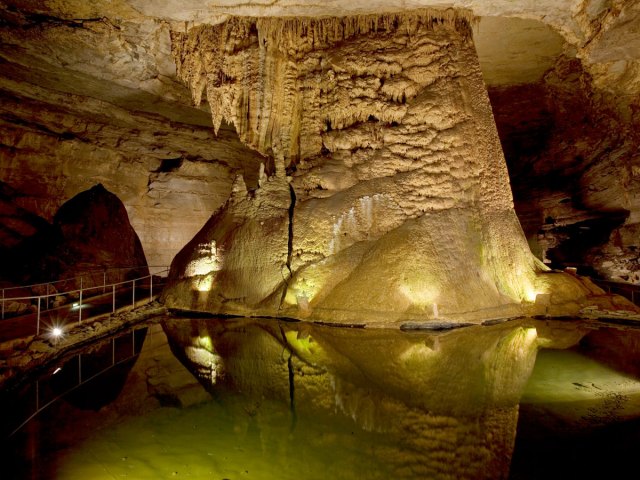
Some airport luggage never gets claimed. If, after three months, U.S. airlines are unsuccessful in locating the owners of orphaned bags, they will sell and ship them to primarily one place: the Unclaimed Baggage Center in Scottsboro, Alabama.
Since 1970, the center has sold, donated, or recycled the contents to the public, making it the only lost-luggage retailer in the country. While the majority of the recovered items are standard vacation fare such as clothing or electronics, true gems occasionally pop up — such as a suitcase full of Egyptian artifacts.
Bigfoot Capital of the World – Willow Creek, California
Tourists hoping to catch a glimpse of Bigfoot have flocked to this tiny Northern California town since the 1960s. It’s been the site of several alleged sightings over the years, and Sasquatch has become a big part of the town’s identity.
Visitors can drive the Bigfoot Scenic Byway, stay at the Bigfoot Motel, visit the Bigfoot exhibit at Willow Creek China Flat Museum (including footprint casts, photos, and maps of where the creature has been spotted), and celebrate at the annual Bigfoot Daze festival.
UFO Capital of the World – Belleville and Elmwood, Wisconsin

Move over, Roswell. The New Mexico town may have a legendary reputation as the site of a mysterious government UFO cover-up, but Wisconsin is home to two towns that claim to be the UFO Capital of the World.
The Badger State seems to be a hub of alleged extraterrestrial activity. Elmwood famously had a string of sightings in the 1970s and later tried to fundraise to build a UFO landing site. Meanwhile, Belleville made regional headlines in the 1980s for a widely reported UFO sighting. Several other Wisconsin towns, such as Long Lake and Dundee, have also reported an alien presence, but don’t claim to be the capital of anything — they merely celebrate their otherworldly visitors with festivals and public memorabilia displays.
Speed Capital of the World – Bonneville Salt Flats, Utah
Northwestern Utah is home to a massive, 30,000-acre expanse of salt flats so barren that they are uninhabitable by plants or animals. The flats are, however, home to the Bonneville Speedway, a stretch used for extreme motorsports where several land speed records have been set — earning the area the title of Speed Capital of the World.
The salt desert has been used as a raceway since the early 1900s. Since then, several major land-speed events featuring cars, trucks, and motorcycles have become annual celebrations, including Speed Week, World of Speed, and the World Finals.
Toilet Paper Capital of the World – Green Bay, Wisconsin
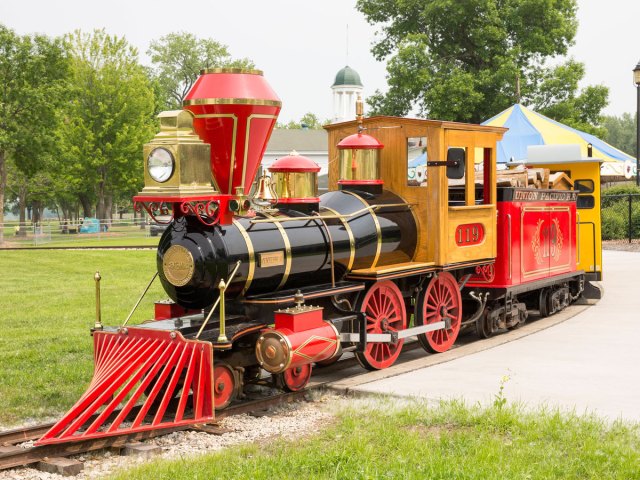
Your mind might wander to all kinds of places envisioning how Green Bay became the Toilet Paper Capital of the World. Record-breaking bathroom habits? Epic prank wars? However, the very reasonable origin is actually thanks to the city’s long-running paper manufacturing industry.
In the early 1930s, the Northern Paper Company put Green Bay on the toilet paper map by manufacturing the first splinter-free toilet paper. (Yes, earlier versions had actual wooden splinters because of the way toilet paper was manufactured. Ouch!) The paper industry in Green Bay did much more than provide a memorable world capital status — it actually helped the Wisconsin city avoid the worst of the Great Depression.
Shark Attack Capital of the World – New Smyrna Beach, Florida
The International Shark Attack File (ISAF) is a scientifically verified database of global shark attacks managed by the Florida Museum of Natural History and the University of Florida. According to their data, New Smyrna Beach, Florida, is the Shark Attack Capital of the World, and anyone who has swam there has likely been within 10 feet of a shark.
Fortunately, shark attacks in this central Florida coast city do not tend to be fatal, and the number of attacks has dipped in recent years, likely due to changing migration patterns of the blacktip shark. Despite New Smyrna’s shark attack status, the Shark Tooth Capital of the World is actually in Venice, Florida.
Halloween Capital of the World – Anoka, Minnesota
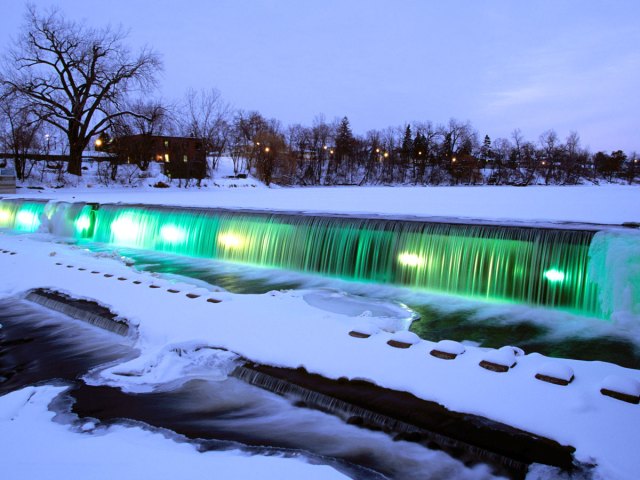
Anoka, Minnesota, is believed to be the first U.S. city to hold an organized Halloween celebration. It started on November 1, 1919, when Anoka residents awoke to a chaotic post-Halloween scene: cows set loose through downtown buildings and streets, wagons on rooftops, and overturned outhouses. The following year, the community came together to plan a massive celebration complete with a parade, activities, and lots of treats — intended to prevent kids from partaking in destructive Halloween pranks.
Now, the festivities take over the entire month of October, featuring several parades and attracting Halloween-loving tourists from around the world. In 1937, Congress officially named Anoka the Halloween Capital of the World.
Fried Chicken Capital of the World – Barberton, Ohio
Ohio probably isn’t the first place you might expect to find the Fried Chicken Capital of the World. But the city of Barberton, located about 40 miles south of Cleveland, has been famous for the delicious dish since the 1930s, when Serbian immigrants Smiljka and Manojlo Topalsky lost their farm to the Great Depression and instead started selling their Serbian-style fried chicken. The recipe quickly caught on at other restaurants in the area, and soon, Barbertonians were reportedly eating upwards of 30,000 of the now-famous chicken meals every week.
While the Serbian chicken recipe hasn’t spread too far outside of Barberton, several local restaurants still serve the beloved dish — including Belgrade Gardens, the original restaurant opened by the Topalskys in 1933.
Barbed Wire Capital of the World – La Crosse, Kansas
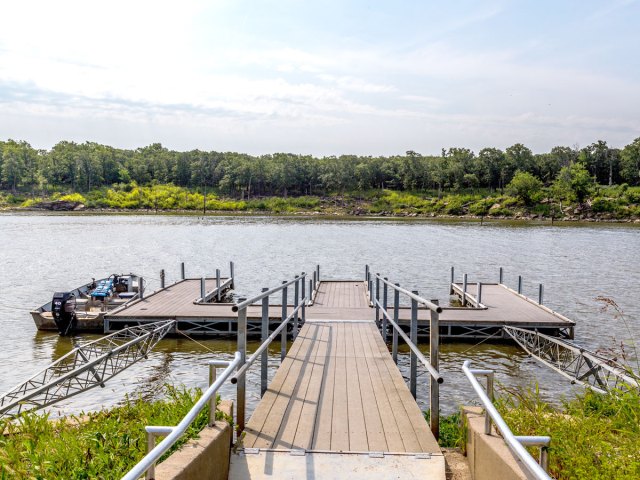
No, this small Kansas city isn’t the birthplace of barbed wire. But much of it did make its way through the midwestern town after barbed wire was invented in the late 1800s, becoming an important part of La Crosse’s settlement and agricultural history.
During the 1960s, La Crosse became a hotspot for barbed wire collectors, leading to the establishment of the Kansas Barbed Wire Museum — where you can view over 2,400 varieties of the spiky metal barricade — and the nicknaming of the city as the Barbed Wire Capital of the World.
Corn Cob Pipe Capital of the World – Washington, Missouri
Corn cob pipes may largely be a thing of the past, but Washington, Missouri, still proudly celebrates their heritage. It’s all thanks to Henry Tibbe, a Dutch woodworker who, in 1869, made a sweet-smoking pipe out of a corncob for a friend. By the early 1900s, the invention was so popular that Tibbe — and about a dozen other enterprising people — founded companies specifically for making corn cob pipes out of the small Missouri city.
Eventually, Tibbe’s company rebranded as Missouri Meerschaum, and while the other manufacturers eventually shuttered, Meerschaum — which once counted actor Douglas Fairbanks Jr. and writer Mark Twain as loyal customers — remains the only factory in the world still solely dedicated to making corn cob pipes.
Decoy Capital of the World – Havre de Grace, Maryland
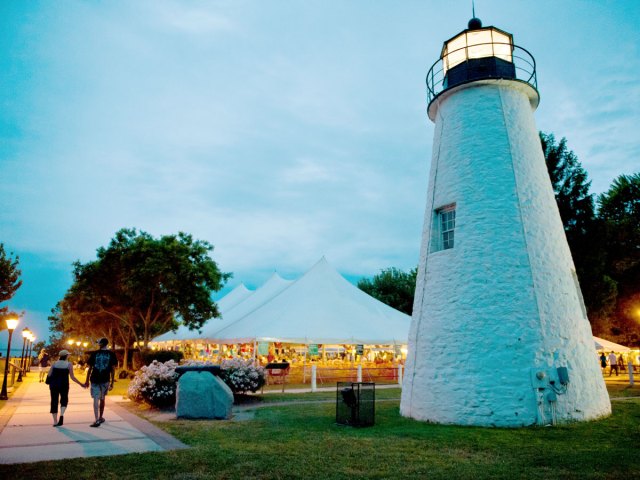
Maryland is known for its crabs, so it’s no surprise the state has an official state crustacean (the blue crab) and even a town that claims to be the Crab Capital of the World. But the Old Line State also has a town with a more obscure title: the Decoy Capital of the World.
Havre de Grace, located at the head of the Chesapeake Bay, has long been known for its duck hunting. For almost as long, the town’s decoy woodwork has been an inherent part of its heritage — at one time, more wooden ducks and geese were carved here than anywhere else. While initially used strictly to lure waterfowl for hunters, the decoys have become collector’s items and treasured works of art. In 1986, the Havre de Grace Decoy Museum opened as a way to preserve their historical and cultural legacy.
Red Flannel Capital of the World – Cedar Springs, Michigan
This Michigan town got its unique title by accident. In 1936, a New York newspaper column lamented the country’s shortage of red flannel during a particularly cold winter. However, a newspaper in Cedar Springs — a booming lumber town whose residents sported the iconic lumberjack look on just about every street corner — challenged the claim and asserted there was plenty to go around.
Orders reportedly flooded in from around the country, and three years later, in the fall of 1939, Cedar Springs celebrated the first Red Flannel Day. The tradition continues to this day, with a popular festival that takes place during the last weekend in September and the first weekend in October.
Leap Year Capital of the World – Anthony, New Mexico/Texas
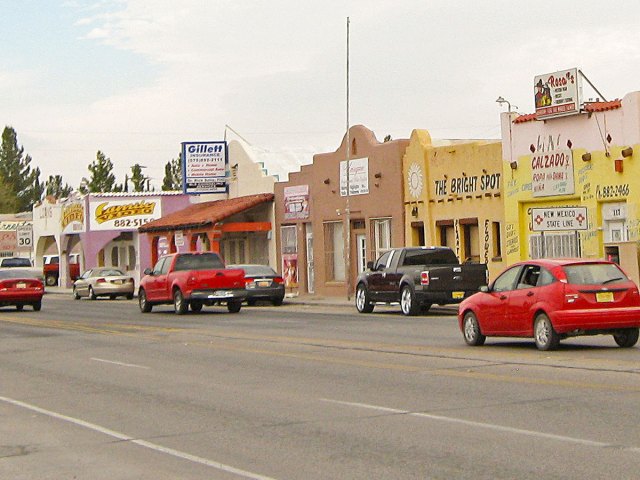
Once every four years, an extra day is added to February, the shortest month of the year, to keep the Earth’s rotation aligned with our calendar. And every leap year, the twin small towns of Anthony, which straddle the New Mexico and Texas border, hold a huge party to celebrate.
The neighboring towns share the self-proclaimed Leap Year Capital of the World title. In 1988, a member of the Anthony (Texas) Chamber of Commerce who celebrated a February 29 birthday proposed a local festival for the community on the date. Each year since, the celebration has grown to include events and a popular parade — attracting leaplings from around the world for a festive few days of live music, barbecues, and more.
More from our network
Daily Passport is part of Inbox Studio, which publishes content that uplifts, informs, and inspires.






